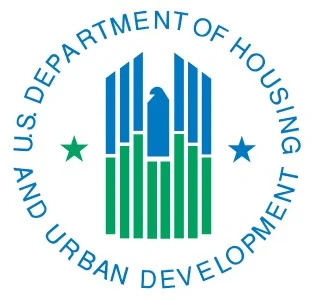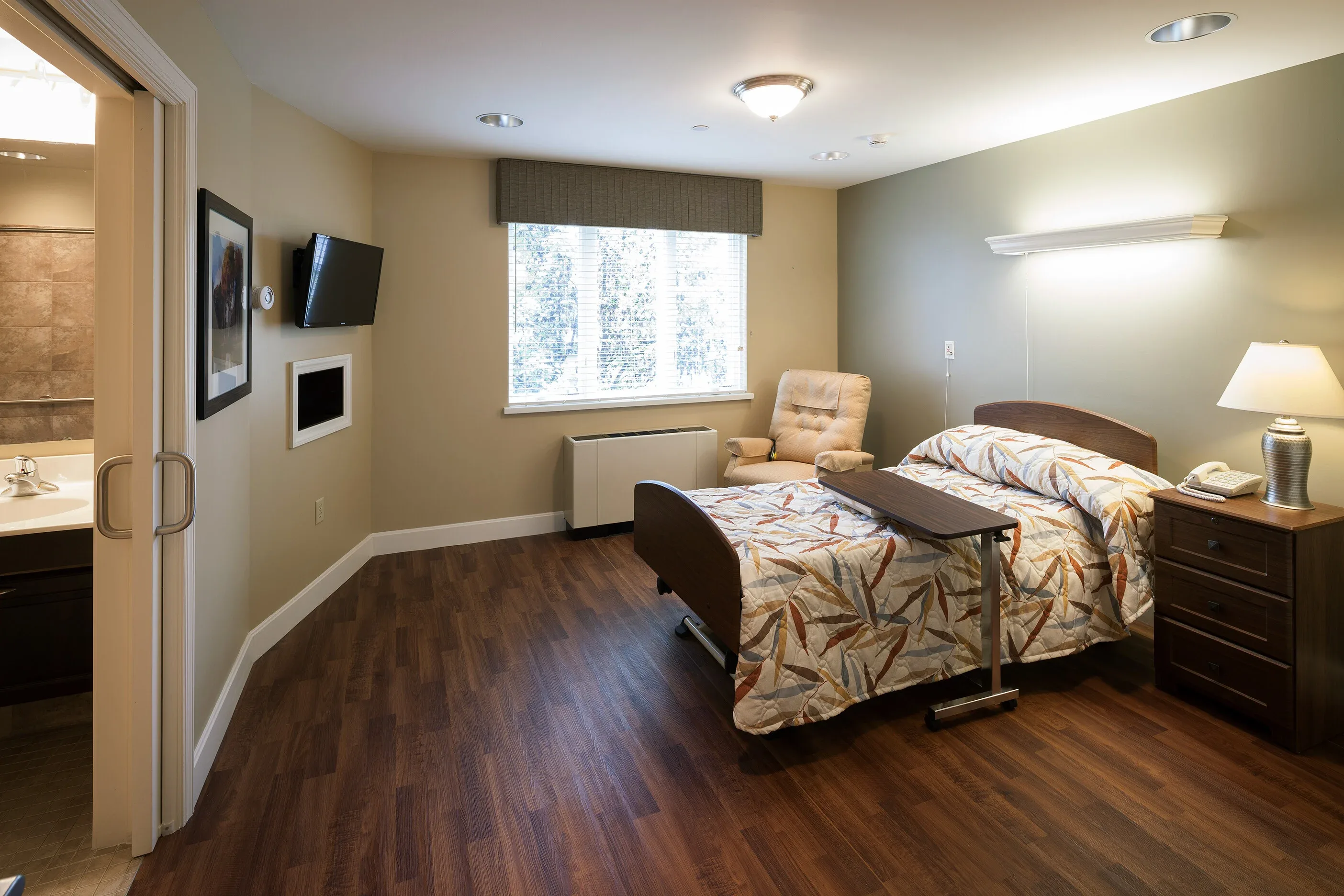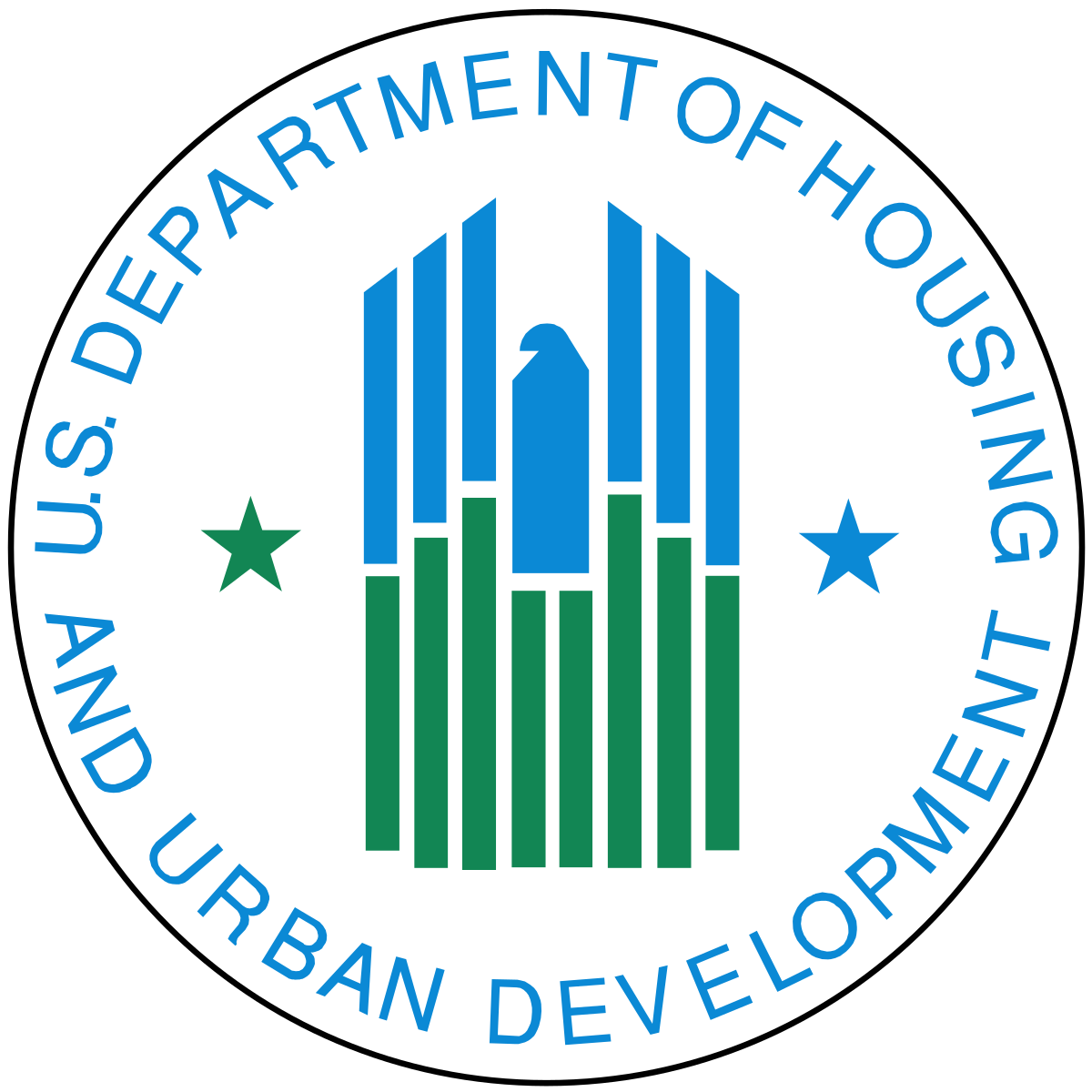KEY TAKEAWAYS
- Quality-Blind Financing Undermines Care Standards
The current HUD loan approval process fails to differentiate between high and low-quality providers, enabling underperforming facilities to access favorable financing terms. This creates a perverse incentive structure where operators with poor compliance records and multiple 1-star facilities compete equally for federal backing alongside excellent providers. - Valuation Methodologies Risk Financial Instability
HUD's overreliance on income-based approaches to property valuation, combined with minimal long-term sustainability analysis, has created vulnerability to inflated valuations. This risk is compounded by basing 35-year loan decisions on just 12 months of financial data, potentially enabling speculative lending that could destabilize the sector. - Regulatory Fragmentation Between HUD and CMS Creates Blind Spots
The lack of integration between HUD's financing decisions and CMS quality metrics represents a critical misalignment in federal policy. Facilities facing regulatory scrutiny from CMS can simultaneously receive HUD-backed financing, creating contradictory signals about government priorities and wasting taxpayer resources. - Administrative Inefficiencies Delay Critical Infrastructure Investment
The lengthy, inconsistent, and burdensome approval process for both initial loans and ownership transfers prevents timely capital investment in the sector. High-performing operators face the same processing delays as troubled facilities, creating unnecessary barriers to infrastructure modernization and quality improvement initiatives.
Introduction
HUD’s Section 232 loan program is a vital financing tool for skilled nursing facilities (SNFs), supporting construction, refinancing, and modernization efforts. However, the current approval and underwriting process is inefficient, vulnerable to inflated valuations, and misaligned with quality performance measures.
Key Problems in the Current HUD Loan Process
1. Lengthy and Burdensome Approval Process
- Loan application approvals take too long, delaying critical projects and creating financing gaps.
- The review process is inconsistent, with high variability in processing times and requirements depending on the HUD office or reviewer.
- Redundant documentation requirements slow down the process, requiring applicants to resubmit financial and operational data already reported to CMS or state agencies.
- Lack of prioritization for high-performing facilities results in well-run operators waiting in the same queue as struggling facilities, further delaying approvals.
2. Lack of Quality-Based Underwriting Standards
- HUD loans do not currently differentiate between high- and low-quality SNFs, allowing underperforming operators to access financing on equal terms with top-tier providers.
- No systematic way to prioritize applications from high-performing operators, delaying funding for well-run facilities while poor operators clog the system.
- Facilities with a history of serious compliance violations (e.g., Immediate Jeopardy citations) are not automatically flagged for additional review or exclusion.
- Operators with 20% or more 1-Star facilities receive equal consideration, despite their systemic quality issues.
3. Overreliance on the Income Approach for Valuation
- HUD’s underwriting relies too heavily on the income approach, which in some cases can overstate projected revenues and lead to inflated property valuations.
- Short-term revenue improvements do not always indicate long-term financial sustainability, making it important for HUD to assess long-term feasibility when underwriting loans.
4. Limited Risk Assessment in Initial Loan Approvals
- HUD determines eligibility for long-term loans based on just 12 months of financial performance, which does not always capture long-term financial stability.
- Short-term revenue increases can lead to oversized loan approvals, creating financial instability over time.
- HUD lacks a standardized framework to assess the risk of borrowers without a track record of facility ownership, increasing the potential for speculative or unsustainable lending.
5. Loan Terms May Not Fully Align with Facility Investment Cycles
- The maximum HUD loan term of 35 years may not always align with industry reinvestment cycles, given that skilled nursing facilities typically undergo substantial operational and capital planning adjustments within 15-25 years.
- Many HUD loans include capital needs escrows, but financing terms should be structured to ensure that long-term sustainability is supported.
6. Inefficiencies in Refinancing and Ownership Transfers (CHOW)
- Change of Ownership (CHOW) transactions take too long, creating instability for facilities transitioning to new operators.
- HUD’s underwriting process does not account for operational turnarounds, penalizing investors who acquire and improve struggling facilities.
- Requiring the same 3-5 year financial history for CHOW operators as for initial loan applicants can create barriers to entry, even for experienced operators with strong compliance records.
- HUD’s inconsistent assignment of reviewers across transactions slows down underwriting by requiring different reviewers to familiarize themselves with the same borrower’s structure.
7. Rigid Underwriting Criteria Misaligned with SNF Operations
- Debt Service Coverage Ratio (DSCR) requirements do not account for Medicaid reimbursement structures, disproportionately disadvantaging operators in low-Medicaid rate states.
- Underwriting standards focus too heavily on past financial performance, rather than considering quality improvements, modernization efforts, and recent operational investments.
- HUD underwriting does not incorporate CMS’s reimbursement models or incentive programs, leading to misaligned funding decisions.
8. Lack of Integration Between HUD and CMS Data
- SNFs must submit extensive, redundant data to both CMS and HUD, increasing administrative burdens.
- CMS Five-Star Ratings, survey compliance history, and enforcement actions are not fully integrated into HUD risk assessments, meaning facilities with poor regulatory histories may still receive financing.
- No coordinated oversight exists between HUD and CMS, leading to loan approvals for facilities that may be facing regulatory scrutiny, enforcement actions, or reimbursement risks.
Proposed Policy Solutions
These policy reforms prioritize quality, improve risk assessment, prevent financial overleveraging, and streamline loan processing. By integrating automation and real-time compliance data, HUD can establish a modern, efficient, and risk-aware financing system that supports responsible investment in the skilled nursing sector.
1. Implement Quality-Based Loan Prioritization
- Deprioritize or deny loans to 1-star facilities unless sustained improvement is demonstrated.
- Automatically move operators with 20%+ 1-star facilities to the back of the queue, ensuring that financing prioritizes quality providers.
- Fast-track approvals for 4- and 5-star facilities with strong compliance records and no major survey deficiencies.
- Integrate real-time CMS Five-Star Ratings into underwriting decisions, ensuring that quality metrics are central to loan approvals.
2. Require Sales Comparables for Valuation
- Limit fair market value (FMV) to sales comps, ensuring valuations align with actual market conditions.
- Consider long-term financial sustainability in addition to projected revenue, preventing speculative loan approvals.
3. Strengthen Risk Evaluation in Initial Loan Approvals
- Ensure initial loan underwriting considers borrower experience, operational track record, and project feasibility rather than rigid financial history requirements.
- For new construction and first-time HUD borrowers, establish additional risk assessment criteria to mitigate speculative or unsustainable lending.
4. Evaluate Loan Terms to Better Align with Facility Investment Cycles
- Assess whether HUD loan terms should be shortened to match industry reinvestment cycles.
- Ensure financing structures support sustainable long-term operations, considering capital needs escrow and PCNA requirements.
5. Require More Frequent Physical Condition Needs Assessments (PCNAs)
- Mandate PCNAs every five (5) years instead of every ten (10), ensuring HUD-financed facilities maintain high physical standards.
- Use PCNA results to proactively identify underperforming properties and require reinvestment where needed.
6. Streamline Refinancing and CHOW Approvals with Flexible Underwriting
- Fast-track CHOW and refinancing approvals for trusted operators, reducing delays for high-performing applicants.
- For CHOW loans, allow flexibility in financial requirements, recognizing that experienced operators acquiring struggling facilities may not have 3-5 years of facility-level financial data under their ownership.
- Assign the same HUD reviewer to all projects from a single borrower, improving underwriting efficiency.
7. Align HUD Financing with CMS Quality and Compliance Data
- Fully integrate CMS Five-Star Ratings, survey history, and enforcement data into HUD underwriting decisions.
- Automatically flag facilities with Immediate Jeopardy violations for heightened scrutiny and potential loan denial.
8. Improve Loan Processing Efficiency Through Intelligent Process Automation (IPA)
- Leverage AI and automated workflows to improve risk assessment, underwriting speed, and compliance monitoring.
Call to Action
The federal government must implement a comprehensive reform of the Section 232 program that prioritizes quality care, prevents financial overleverage, and supports sustainable long-term investment. HUD should immediately develop a quality-based prioritization system that fast-tracks applications from high-performing facilities while imposing additional scrutiny on operators with poor compliance records. Simultaneously, HUD and CMS should establish a data-sharing framework that integrates quality metrics and compliance history into loan underwriting decisions. These reforms would not only protect taxpayer dollars but would leverage federal financing as a powerful incentive to drive quality improvement across the skilled nursing sector.
For a more detailed discussion on how Intelligent Process Automation (IPA) can transform HUD loan processing, see The Role of IPA in Optimizing HUD Loan Processing.




